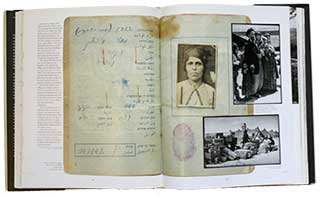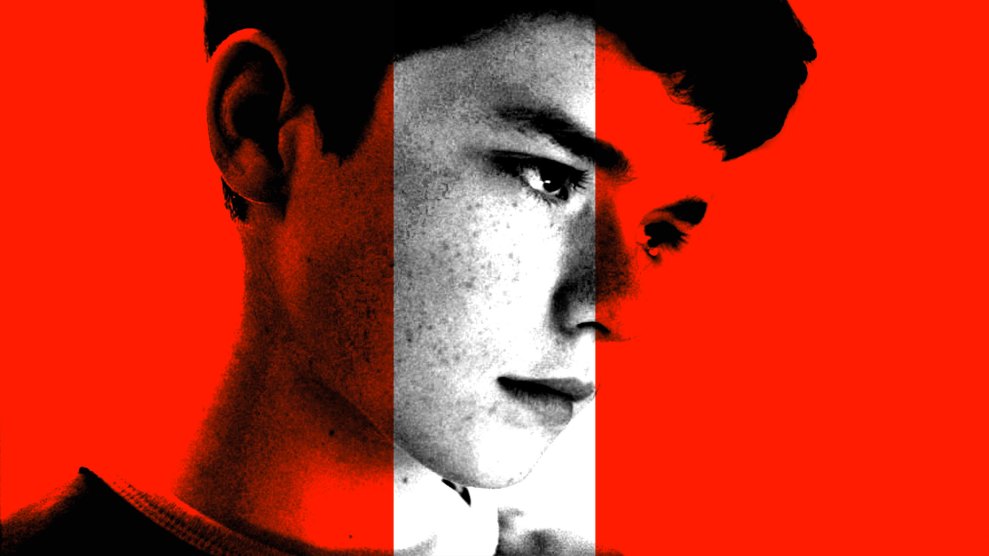
Photo: Mark Murrmann
In 1991, in the wake of the Gulf War, acclaimed photojournalist Susan Meiselas traveled to northern Iraq to document the uncovering of mass graves of Kurds gassed and shot by Saddam Hussein. Her visit inspired her to create Kurdistan, a 400-page visual journey through the often-neglected culture of the people spread across the mountains of Turkey, Iraq, Iran, and Syria. Packed, scrapbooklike, with old portraits, postcards, maps, and newspaper clippings, Kurdistan is an absorbing archive of the world’s largest stateless ethnic group. A collectors’ item, the book is now being reissued by the University of Chicago Press with a new 12-page postscript that updates the 1997 original. “The book went out of print right before the [Iraq] war, right when there was a renewed interest in the Kurds,” says Meiselas. “I’ve been trying to get it back in print for four or five years.” Meiselas returned to northern Iraq in April to distribute copies of the new edition. “I knew how the book was embraced by the exiled Kurdish community,” she says, “but had no idea how well known it was in northern Iraq. So many people had heard of it; some had even seen it.”

















